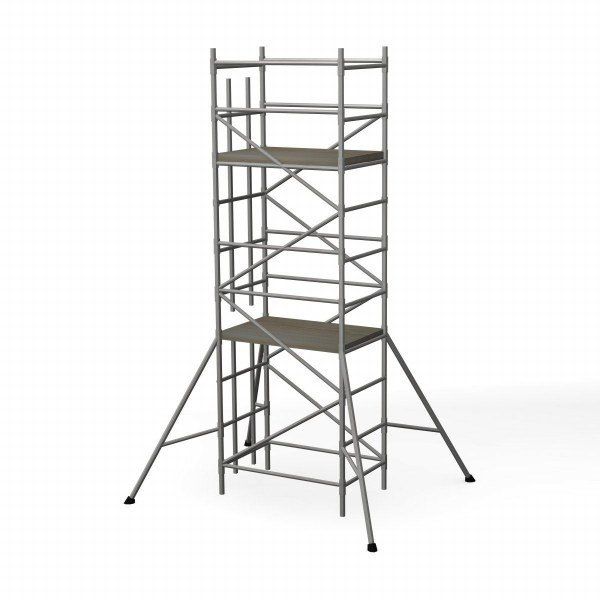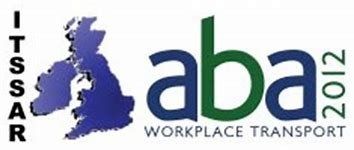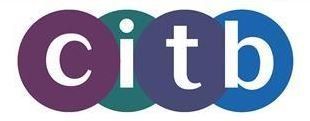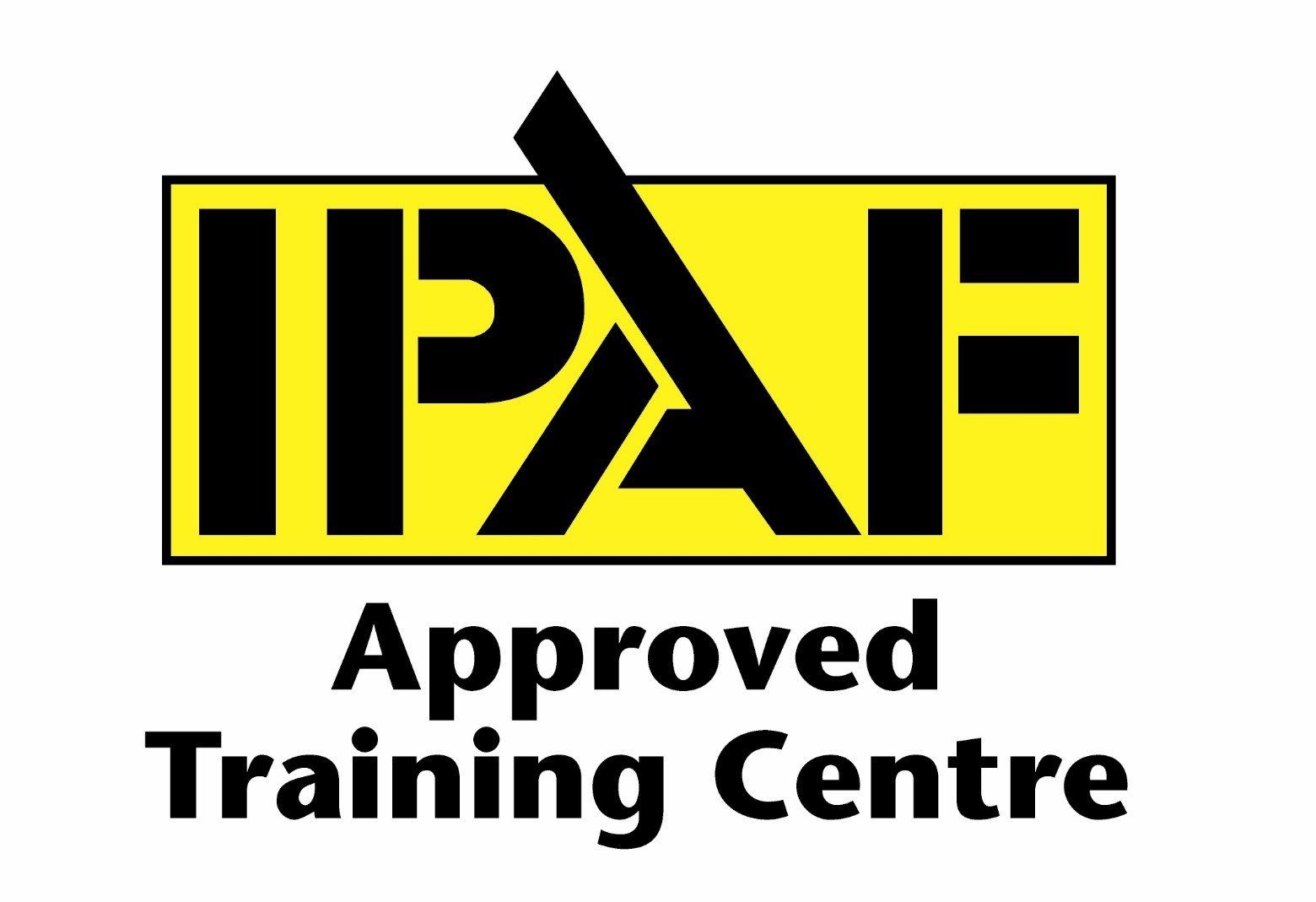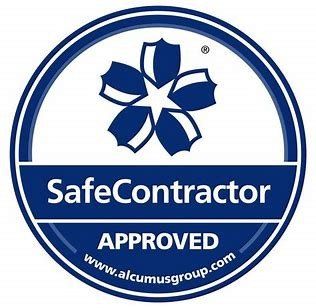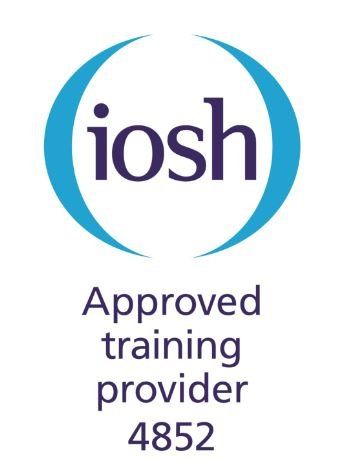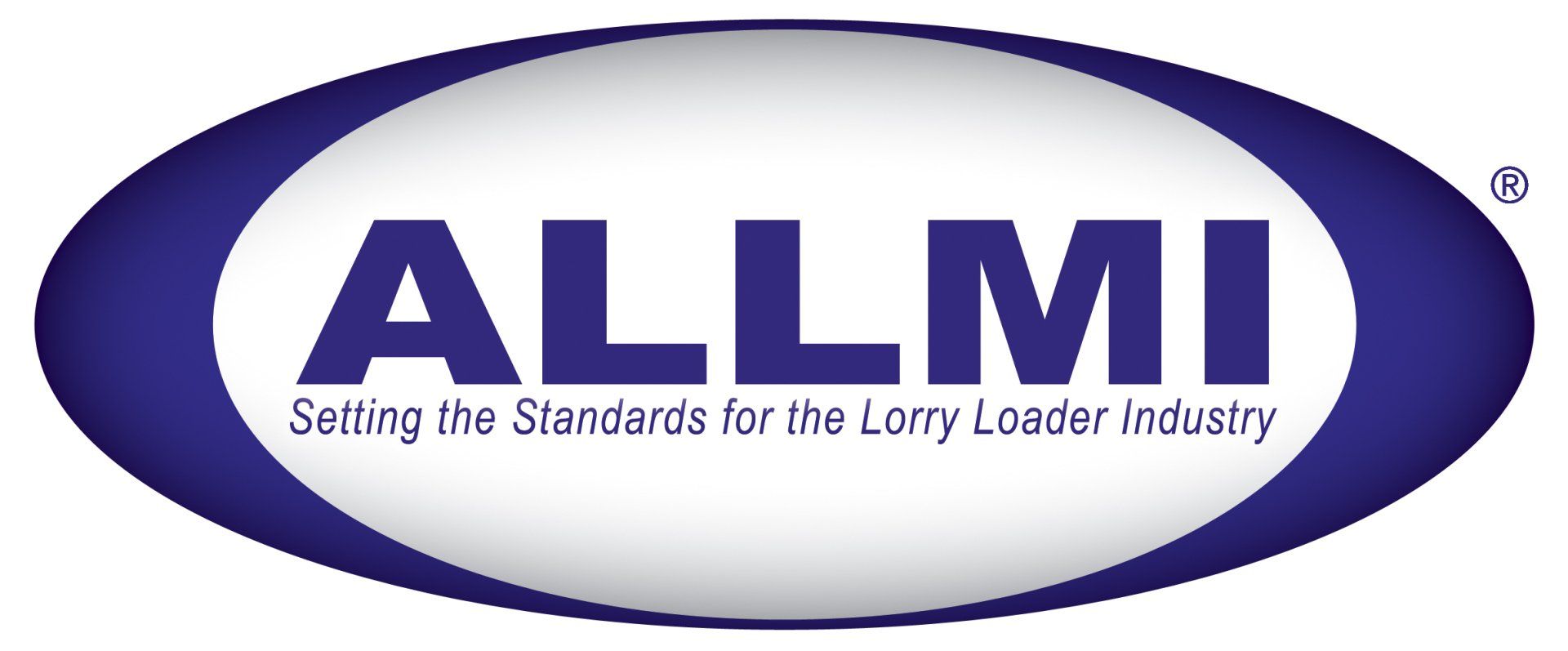IPAF
- By I DILLEY
- •
- 03 Oct, 2016
- •
MEWP Training
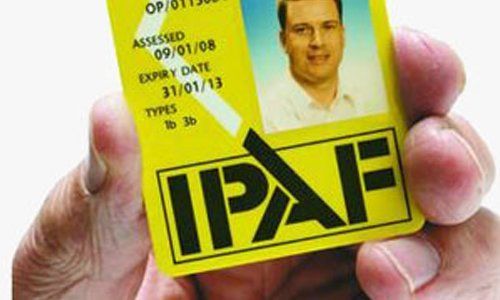
What is IPAF
The International Powered Access Federation (IPAF) promotes the safe and effective use of powered access worldwide. Set up in 1983, IPAF is a not-for-profit members’ organisation that represents the interests of manufacturers, distributors, users, rental and training companies. It serves as a forum for all active in the world of powered access. IPAF has played a key role in promoting many of the design, safety and testing procedures that are now established in the powered access industry.
The IPAF training programme for platform operators is certified by TÜV as conforming to ISO 18878. More than 100,000 operators are trained each year through a worldwide network of over 600 training centres. Training generally lasts one to two days and is a mixture of theory and practice.
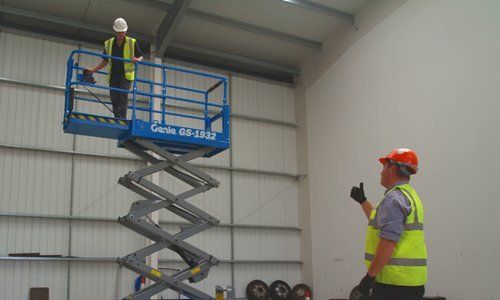
Those who successfully complete IPAF training are awarded the PAL Card (Powered Access Licence), the most widely held and recognised proof of training for platform operators. The PAL Card is valid for five years and shows the machine categories that the operator has been trained in. It also features the holder’s photo and signature, and can be verified by calling IPAF.

Courses Available
Mobile Elevating Work Platform (MEWP) courses for:
Categories of MEWP equipment:
- Static Vertical (1a, 1a+)
- Static Boom (1b, 1b+)
- Mobile Vertical (3a, 3a+)
- Mobile Boom (3b, 3b+)
- Push Around Vertical (PAV)
- Insulated Aerial Device (IAD)
- Specialist machines (SPECIAL)
Mast Climbing Work Platform (MCWP) courses for:
- Mobile Operators
- Demonstrators
- Installers
- Advanced Installers
- Instructors
Other courses:
- Harness Use and Inspection (H)
- Loading/Unloading (LOAD)
- MEWPs for Managers (MM)
- Pre-Delivery Inspection (INSP)
Operators
This course instructs an operator to prepare and safely operate various types of MEWPs.
PAL+
PAL+ is an optional, additional one day of category-specific training aimed at operators working in higher risk or challenging environments.
Demonstrators
This course trains a demonstrator to familiarise operators with their responsibilities and demonstrate pre-operational and safe operating procedures, and the limitations of MEWPs.
Harness Use and Inspection
This course instructs a user to select, inspect and use a harness and associated equipment safely when using a MEWP.
Loading/Unloading
This course instructs an operator in the correct safety procedures for the loading, unloading and securing of machinery prior to or following transportation by road.
|
|
|
|
eLearning Module for Operator Course
IPAF's new, enhanced eLearning module is part of its full training programme for mobile elevating work platforms (MEWPs). The eLearning module delivers flexibility and interactive tools, with the same emphasis on practical training. Together
with supervised written and practical testing of operator skills, the
eLearning module can lead to a PAL
Card (Powered Access Licence)
which proves that the operator has
successfully completed the training and is able to operate MEWPs safely.
Operator
eLearning does not replace practical training. Trainees who complete the
online session must still pass a supervised theory test at an IPAF-approved
training centre
and must successfully complete a
minimum half-day of practical training and testing before being issued a
PAL Card as proof of successfully completed operator training. Contact us further for any ipaf training courses or any further information01536 202549 |
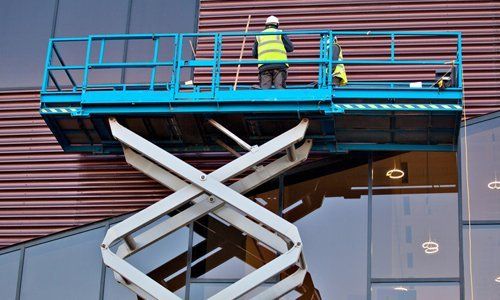

MANUAL HANDLING
MANUAL HANDLING is the handling of loads by HUMAN EFFORT, and can include lifting, putting down, pushing, pulling, carrying, intentional dropping or throwing or moving, by hand or bodily force.
Poor manual handling is the biggest cause of work-related injury, and the most common site of injury is the back. Back injuries range from sprains of the ligaments and strains in the muscles to more serious injuries such as slipped discs. Other injuries can include hernias, fractures; crush injuries, sprains and strains. All have one thing in common – PAIN!
Back injuries can result from a single wrong movement, but more commonly result from repeated stress on tired muscles.
Learning the correct manual handling techniques is essential in order to prevent injury and accidents.
Employers are required to ensure, so far as is reasonably practicable, that hazardous manual handling operations are avoided. They must assess all hazardous manual handling operations which can’t be avoided, and then implement measures to reduce the risk of injury.
Employees also have responsibilities under Health & Safety Law. These are to:
• Take reasonable care of their own health & safety at work, and that of others who may be affected by their acts or omissions;
• Co-operate with their employer regarding health & safety;
• Use any equipment provided in accordance with the training and instructions given;
• Follow their employers’ systems of work to promote safety during the handling of loads.
THE BACK
The spine is made up of 33 bones called VERTEBRAE. Each vertebra has 4 joints, which enable them to move with respect to each other, thus giving the spine flexibility. The lower back or LUMBAR SPINE is the weakest part, as it carries the weight of the upper body, and therefore most likely to be damaged.
Between the vertebrae are the DISCS, made up of a jelly-like NUCLEUS, surrounded by a ring of tough fibres – the ANNULUS. The discs are firmly attached to the vertebrae, and act as shock absorbers when the vertebrae move. They have a poor blood supply, and therefore take a long time to heal if damaged.
Damage occurs by repeated stresses caused by stooping and twisting. This produces tiny tears in the annulus, which may lead to the contents of the nucleus bulging out through the annulus – referred to as a SLIPPED DISC.
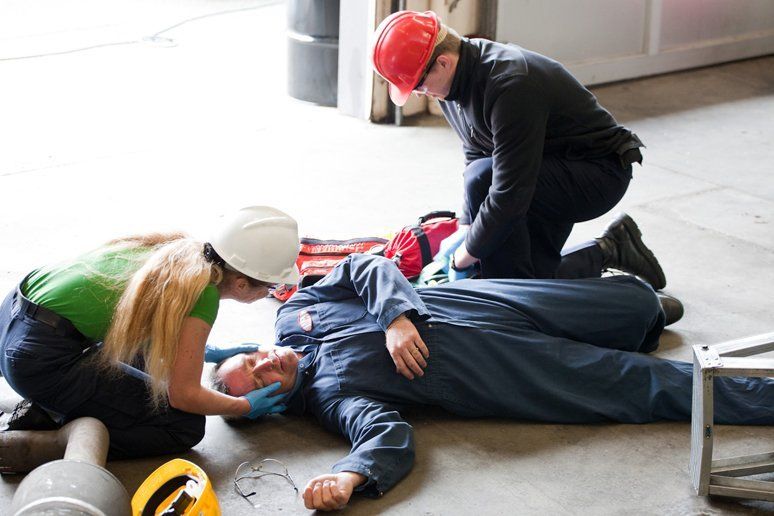
In all our lives, whether at work, home or at play, it is essential that we all know how to assist someone who is sick, or has been injured.
First aid, as the term implies, is the initial treatment given to someone who is injured or sick, prior to professional medical assistance arriving and taking over from you.
By completing a first aid course it will not make you a doctor, paramedic or nurse but by applying common sense and some basic life support skills, as well as providing care and confidence in you treatment for the casualty, you will learn skills that will enhance their well-being and in some very serious cases, possibly save their life.
Your prompt, safe and effective treatment could make a difference between life and death.
As a qualified first aider, your priorities for the casualty fall into the following categories:
PRESERVE life
ALLEVIATE suffering
PREVENT further illness or injury
PROMOTE recovery
For instance, if your casualty is suffering a major blood loss as a result of a serious cut,then you can preserve life by offering treatment immediatley and not waiting for proffessional help to sort it out for you.If you do nothing your casualty could bleed to death.
We can prevent the condition from worsening by applying a secure sterile dressing on the injured part in order to control the blood loss and prevent the risk of infection.
We can promote recovery by treating the casualty for shock and ringing for an ambulance.
Our first aid courses at Universal Training Services Midlands Ltd are are fun,interactive and delivered to a very high standard and reasonably priced.
The HSE states that employers have a duty of care to render a first aid need to their employees should they become injured or ill in the workplace.
We deliver first aid courses on a regular basis both at our training venue or at company sites if this is preferred.





